
Featured
Restaurant Holiday Preparation: Lessons from the Busiest Season of the Year
Get expert advice on restaurant holiday preparation. Learn how to do holiday planning for restaurants, from staffing to marketing, for a smooth, profitable season.

by Spencer Michiel
Get expert advice on restaurant holiday preparation. Learn how to do holiday planning for restaurants, from staffing to marketing, for a smooth, profitable season.
Select a Vendor Category
All Categories 7shifts 86 Repairs AI Tools Advertising App8 Bear Robotics Bikky Cartwheel Catering Checklist ChowNow Compliance Consultations Customer Experience Data Analytics Dyne Email & SMS Employee Satisfaction Equipment Repairs Fast Casual Flapjack FlavorPlate Food Inventory Management Food Safety & Training Food Trucks Ghost Kitchens GoTab Growth & Marketing Guide HR & Staffing HigherMe Homebase How-To INFI Interviews & Case Studies Jolt Libro Lightspeed Localyser Loyalist Loyalty Programs MarginEdge MarketMan Marketing Meez Menu Design Menufy MiseBox Neighbourhood Networks Olo Operations Opsi Opus Ordering & Delivery Otter Owner POS Systems Payment Processing Payroll Poached PreciTaste Profitability & Cost Control Push QSR Recruiting & Hiring Reputation Management Restaurant Software Restaurant365 Robotics Sauce Scheduling Science on Call Social Media Social Pilot Sociavore SpotOn Sprout Social Square Staff Retention Staffing Sustainability Symply Tech Stack Technology & Innovation Third-Party Delivery Toast Tools & Templates TraitSet Trends & Innovation Trust20 Upcoming Trends Website Website Builders WedgeHR Wix Work-Life Balance Yelli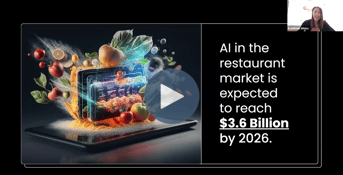
Using Restaurant AI Technology To Improve Business Operations
by Dave Tomar
Learn about AI tools for restaurant management, including some you may already have. They can help with operations, staffing, and customer experience.

Restaurant Holiday Preparation: Lessons from the Busiest Season of the Year
by Spencer Michiel
Get expert advice on restaurant holiday preparation. Learn how to do holiday planning for restaurants, from staffing to marketing, for a smooth, profitable season.
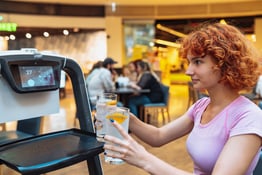
How Can Robotics Help Your Restaurant’s Front Of House Operations?
by Dave Tomar
More and more restaurants are using robotics to help in the front of house. Are robots right for your restaurant?
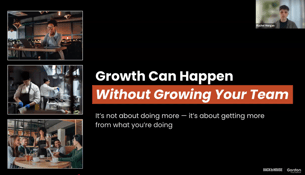
Surviving Tough Times by Providing a Great Customer Experience
by Dave Tomar
Restaurants are dealing with high food and labor costs. We bring experts together to discuss the importance of customer experience in staying profitable.
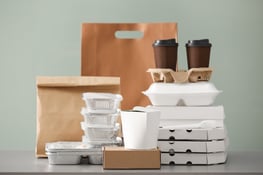
Win Your Customers Back With a First-Party Delivery Solution
by Jocelyn Hoppa
Learn how restaurants can cut delivery fees, reclaim customers, and boost loyalty by shifting from third-party delivery apps to first-party ordering.

How to Get the Most Out of Facebook Ads for Restaurants
by Dan Durkin
Learn how restaurant advertising on Facebook can help you reach a new audience to broaden your customer base easily and affordably.

10 Restaurant Chains Taking the Lead on Robotics in Restaurants
by Dave Tomar
National chains are experimenting with robotics in restaurants. Learn about this exciting new technology.

How To Use POS Data To Turbocharge Your Restaurant Loyalty Program
by Dave Tomar
Find out how valuable POS data points like food sales, product mix, and customer feedback can enhance your restaurant loyalty program and boost repeat business.

7 Essential Features of Restaurant Payroll Software
by Jocelyn Hoppa
Discover 7 must-have functions in restaurant payroll software to simplify payroll for restaurants, ensure compliance, and keep staff happy.
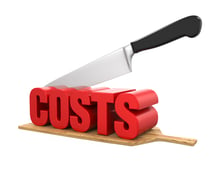
7 Smart Ways to Cut Costs and Boost Efficiency in Restaurants
by Jocelyn Hoppa
Get expert tips on efficiency in restaurants: cut costs without sacrificing quality while reducing restaurant operating costs and keeping guests happy.
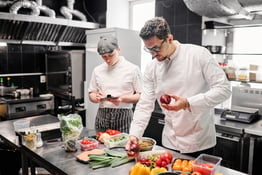
How AI Can Help With Restaurant Food Prep
by Dave Tomar
AI is everywhere. Learn how to use AI in restaurants for training, demand forecasting, and other functions that make restaurant food prep more effective.

Restaurant Marketing: Why You’re Not Showing Up in Google Search
by Jocelyn Hoppa
Struggling to get found online? Learn why your restaurant isn’t showing up in search results, and how to fix it with smart SEO for restaurants.
